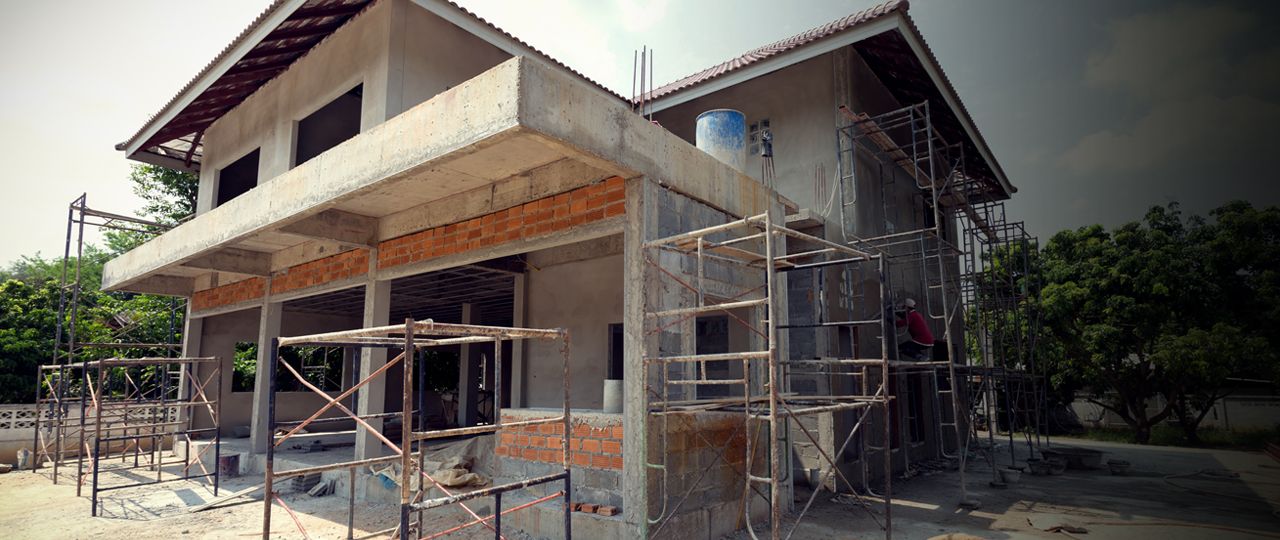
Derek Stebbing
Policy Planning Consultant, National Development & Planning


Policy Planning Consultant, National Development & Planning
The Government’s aim was for every area in England to have an adopted Local Plan by the deadline of April 2017. They removed regional planning bodies, which undertook a lot of this work originally, and passed the responsibility down to individual local authorities or – as is more common now – a group of local authorities within Housing Market Areas.
But as the deadline fast approached, and with many local authorities still nowhere near completing their plans, then Secretary of State Greg Clark became concerned. As a result, the Local Plans Expert Group (LPEG) was created to find ways to make Local Plans more efficient and effective.
The report created by the LPEG goes into a number of reasons why it has been so hard to get Local Plans off the ground. But one of the main reasons surrounds how to assess an area’s housing needs.
As part of the plans, each local authority was tasked with creating Objectively Assessed Housing Needs targets – or OANs – through a Strategic Housing Market Assessment (SHMAs).
But the LPEG found these processes were slowing down the creation of Local Plans. The logistics behind OANs is poorly understood as, in some respects, they’re artificially created targets. But the bigger problem has been that they force local authorities who wouldn’t normally work together to come together on the issue of housing.
Where the issues magnify is with greenbelt designations, especially if the designation is in one local authority and not in the other. That tends to result in some tense discussion under the Duty to Cooperate, with the greenbelt side often saying they can’t accommodate their housing need and asking the non-greenbelt area to take some of their housing.
In the three to four years since this situation came about – effectively since the launch of the National Planning Policy Framework – very little new housing has willingly been accepted by one local authority on behalf of another.
And that’s the problem; unmet housing need is escalating, particularly in the South East and across most of Southern England. This is partly down to the failure of the Duty to Cooperate, but also because of the tortuous process of creating OAN and SHMAs between less-than-consenting partners.
The Government recognises that many local authorities are facing severe resourcing difficulties. On-going grant reductions are hitting planning more so than other sectors as it’s not a front line service.
Many local authorities don’t actually have the technical expertise within the council to deal with issues like SHMAs and OANs. While some larger authorities do, smaller ones are being forced to hire expensive national consultants to do the work for them.
To create an OAN involves many processes, starting with demographic projections. Then you add in economic activities forecasts. Areas that do well economically have a higher housing need. Then you add in affordability, which is a highly sensitive area.
All of this work is undertaken in length by consultancies costing local authorities large sums of money and is prolonging the whole process.
In the LPEG report, which was submitted to the Government back in April, a streamlined OAN process was recommended to help free up some resources.
Alongside this were a number of other recommendations including reducing the amount of consultation stages needed.
The LPEG believes that, taking advice into account, a properly-resourced local authority could prepare a Local Plan within two years. In reality, some local authorities have taken more than seven years so far.
A select committee was established at the end of July to look into the report in more detail. The first output from this committee was a letter from Clive Betts MP to Current Secretary of State Sajid Javid asking when the report would be considered.
The jury is still out on the report’s recommendations. It’s currently before the government and is also available online. It has been broadly welcomed by the public planning sector and the amenity and civic amenity groups, but has caused ructions with some private sector consultancies.
Sajid Javid is considering what measure should be taken against poorly-performing local authorities. But there is no sign – at the moment – the deadline will be extended.
New opportunities for housing developments and economic development are not coming forward in some places as the whole planning process has stalled. This runs the risk of planning via appeal and could lead to unwanted developments in unwanted places.
Whether Sajid Javid will stick by Clark’s original deadline or take on board any of the suggestions in the LPEG remain to be seen. But the time pressures are cranking up and the deadline is fast approaching